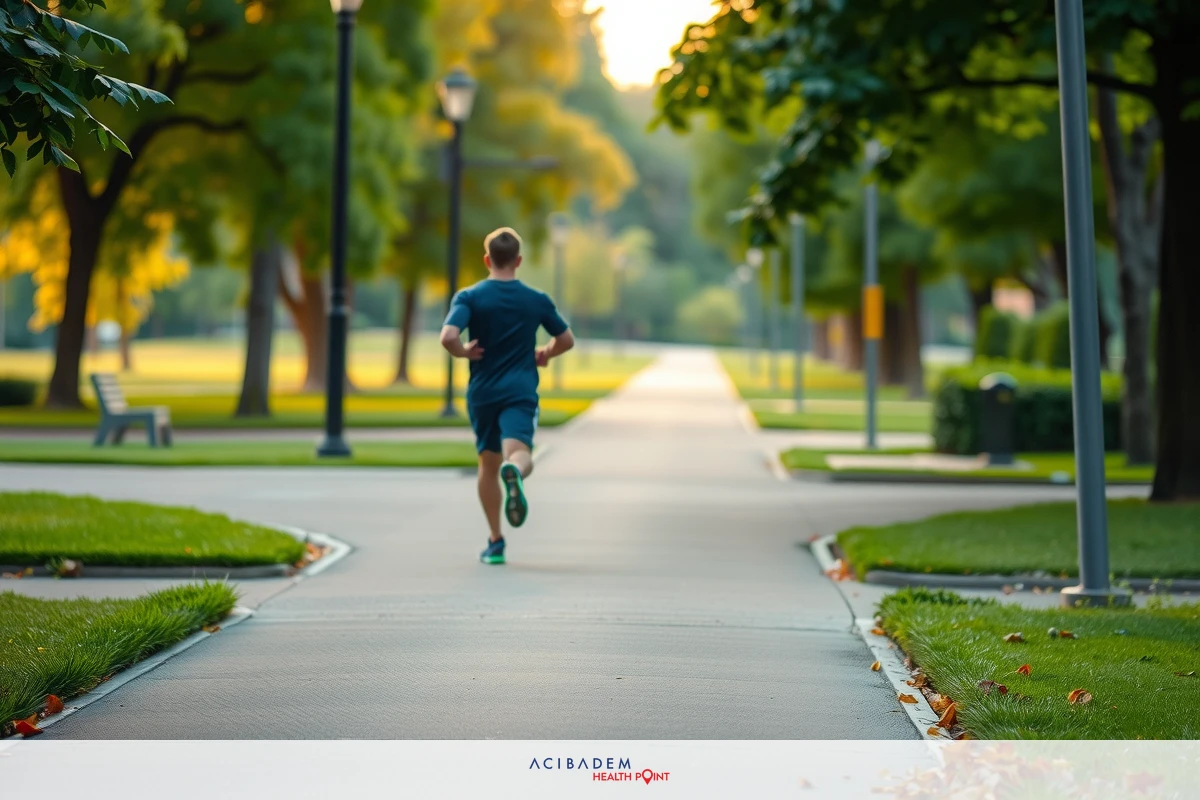Can I Walk After Rhinoplasty?
Can I Walk After Rhinoplasty? Rhinoplasty, or nose surgery, often brings up questions regarding post-operative care and recovery. One of the most common inquiries is about walking after the operation. Can it be done? Is it safe? And if yes, when should one start walking again? It’s important to address these concerns as walking can aid in the recovery process and help maintain overall well-being during this period.
Walking after rhinoplasty is not only possible but encouraged with certain precautions. This guide offers insights on when and how to incorporate walking into your recovery plan. It provides tips for a comfortable and safe experience and highlights the benefits of staying mobile during the healing period. Understanding these aspects can make your post-surgery journey smoother and more manageable.
When Can I Start Walking After Rhinoplasty?
After undergoing rhinoplasty, it’s crucial to follow the recommended post-operative plan to ensure a smooth recovery. One of the main concerns is when you can start walking again. Generally, light walking is encouraged as soon as you feel up to it, usually within a day or two after surgery. This form of mobility can help reduce swelling and promote healing. However, it’s essential to listen to your body and not push yourself beyond comfort levels.
The initial stages of recovery after rhinoplasty are crucial. During the first week following surgery, it’s recommended to limit physical activity, including walking, to short and slow bouts. This is primarily because the body needs time to heal, and strenuous activities may increase blood pressure, leading to swelling or bleeding. Ideally, start with gentle walks around your home and gradually increase the distance as your energy levels improve.
As you move into the second week post-rhinoplasty, your capacity for walking should noticeably improve. It’s important to continue listening to your body during this time. If you experience any discomfort or fatigue while walking, take it as a sign that you may be overexerting yourself. By the third week, most patients find they can resume longer walks and moderate exercise. Remember, everyone’s recovery timeline will vary based on individual factors such as age, overall health status, and the complexity of the rhinoplasty procedure. Always consult with your surgeon about your personal mobility during post-operative recovery.
Tips for Walking During Rhinoplasty Recovery
Walking after rhinoplasty can be a valuable aid in your recovery, promoting circulation, reducing swelling, and maintaining mood. However, it’s essential to adhere to certain guidelines to ensure a safe and comfortable experience. Here are some practical tips to maximize the benefits of walking during your postoperative period.
- Start Slow: Initially, keep your walks short and slow. Listen to your body and gradually increase your pace as comfort allows.
- Stay Hydrated: It’s important to stay well-hydrated, especially when increasing physical activity like walking.
- Wear Comfortable Shoes: Ensure that you’re wearing supportive and comfortable shoes to avoid any discomfort or potential falls.
- Avoid Strenuous Activities: During the initial stages of your recovery, avoid strenuous activities such as uphill walking or fast-paced walks.
- Take Regular Breaks: Don’t push yourself too hard. Taking regular breaks during your walk will prevent overexertion.
- Use Support if Needed: If you feel unsteady on your feet, use a walking aid or have someone accompany you on walks.

The image shows a man running on a paved path in an urban park-like setting. The path is surrounded by lush green trees and grass, indicating it might be spring or summer. - Listen to Your Body: If you feel discomfort or fatigue during your walk, it’s a sign to slow down or stop.
- Follow Medical Advice: Always follow the advice given by your surgeon regarding physical activity during recovery from rhinoplasty.
Incorporating these tips into your recovery plan can help ensure a smooth, comfortable, and effective transition back to normal mobility post-rhinoplasty.
Benefits of Walking After Rhinoplasty
Walking is often underrated as a form of physical activity, especially during recovery from surgical procedures like rhinoplasty. Incorporating light walks into your daily routine post-surgery can offer numerous benefits that aid in the healing process and improve overall well-being. The advantages extend to both physical and emotional aspects, making it a worthwhile part of any post-operative recovery plan.
Physically, walking after rhinoplasty helps enhance blood circulation. Improved blood flow brings more oxygen and nutrients to the surgical site, promoting faster healing and reducing swelling. It also helps prevent complications such as blood clots, which can occasionally occur after surgeries due to prolonged inactivity. Furthermore, walking can help maintain muscle tone and strength, preventing deconditioning that may result from extended rest periods. Regular gentle walks can contribute to a quicker return to normal mobility, making everyday tasks easier as you recover.
On an emotional level, walking can boost mood and well-being during the recovery period. Physical activity releases endorphins – chemicals in the brain that act as natural painkillers and mood elevators. This can be particularly beneficial for those dealing with post-operative discomfort or feeling cooped up while recovering from rhinoplasty. Additionally, getting up and moving around allows for a change of scenery and a break from the monotony of rest, contributing to improved mental health. In essence, walking offers holistic benefits during the recovery phase following rhinoplasty, blending elements of physical rehabilitation with emotional wellness.
Frequently Asked Questions
Can I start walking immediately after rhinoplasty surgery?
It's generally recommended to wait until the day after your surgery before starting light walks. However, it's essential to consult with your surgeon as they may provide specific instructions based on your individual case.
Will walking affect the appearance or results of my rhinoplasty?
Walking should not have any direct impact on the appearance or results of your rhinoplasty. However, it's crucial to avoid any activities that could potentially cause trauma to the nose or compromise healing during the early stages of recovery.
How long should my walks be during rhinoplasty recovery?
In the initial stages of recovery, keep your walks short and slow-paced, gradually increasing distance and intensity as you feel comfortable. Listen to your body and avoid overexertion.
Are there any restrictions or precautions I should consider while walking?
It's important to avoid strenuous activities, including steep uphill walks or rigorous exercise during the early weeks of recovery. Wear comfortable shoes, stay hydrated, and take regular breaks if needed.
When can I resume more intense forms of exercise besides walking?
The timeline for resuming intense exercise varies for each individual and depends on factors such as the extent of the rhinoplasty procedure and how well you are healing. It's best to consult with your surgeon for specific guidance on when you can safely resume other forms of exercise.











